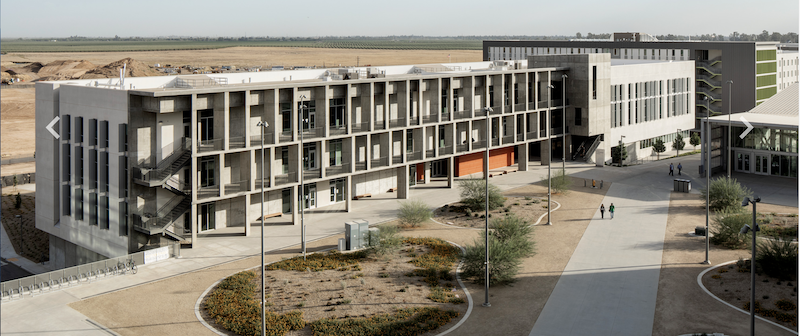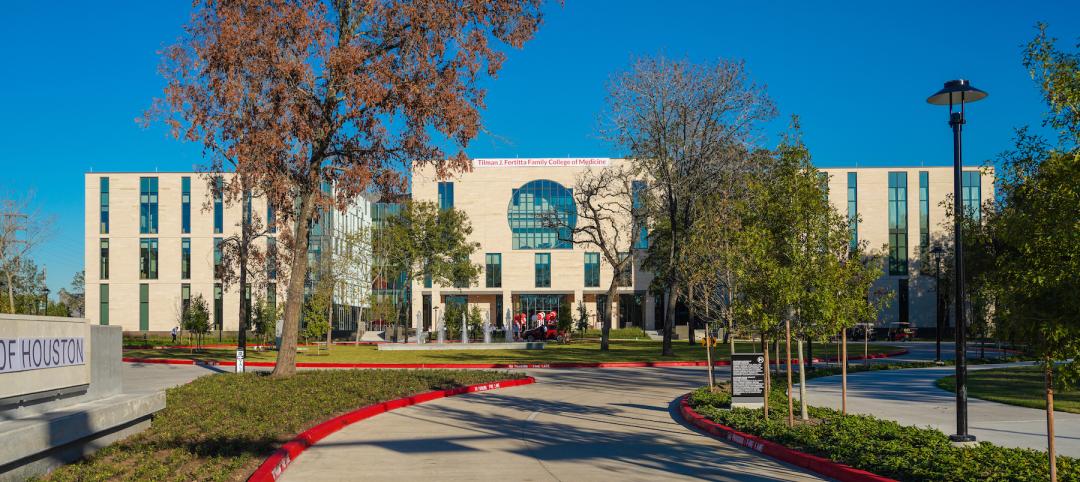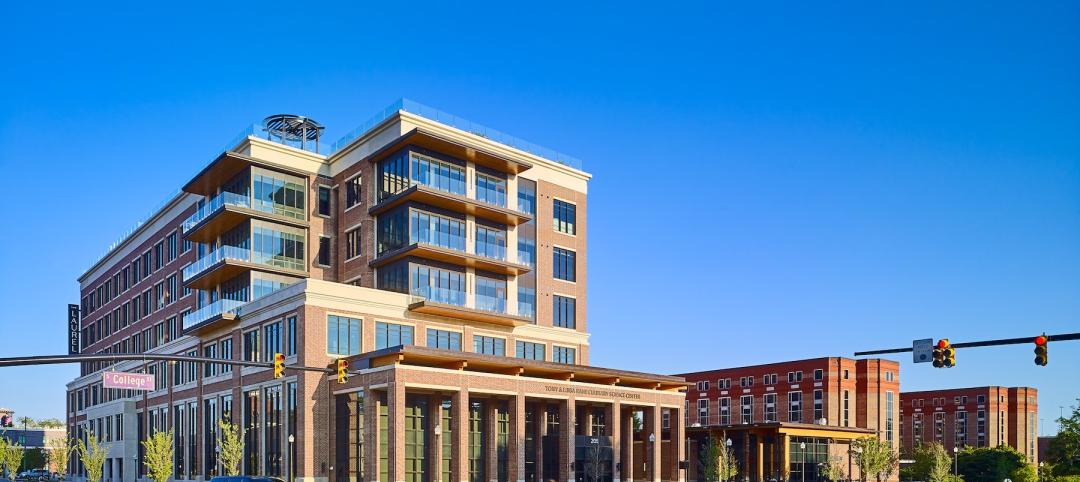Public-Private Partnerships (P3s) have become important structures for financing projects, especially for entities—like state governments and universities, at the moment—that are short on available investment capital.
But P3s change the game when it comes to allocating responsibility and reward. And some partners still enter into these arrangements without a full appreciation of their pros and cons.
WRNS Studio in San Francisco has worked on a number of P3 projects, including the $60 million 90,000-sf Arts and Computational Sciences Building at the University of California at Merced, which opened last year. With global property management consultant WT Partnership and the environmental design consultant Atelier Ten, WRNS has published a white paper that provides insights into forming P3s for Higher Ed projects to ensure smooth collaboration among the stakeholders while at the same time allowing design teams to retain a measure of control and encourage innovation.
“P3 is not business as usual; it calls for a new mindset on the part of University leaders around control over project design, delivery, financing, operations, and maintenance,” the authors state.
The white paper offers eight strategies that universities should be considering before they dive in:
1. UNDERSTAND THE RISKS
The allocation of risk among P3 parties varies and depends upon many factors, including University preference, project type, and market conditions. Typically, the University decides to retain control over select improvements or maintenance areas. Universities should think through and codify the specifics of risk transfer with the Developer partner to identify the appropriate party for handling the risk.
2. BECOME AN EXPERT, HIRE EXPERTS
Key areas of expertise that University leaders should cultivate, internally or through outside consultants, include: cultural, institutional, legal, financial, design, engineering, construction, operations and maintenance.
3. MAKE PARTNERSHIP YOUR PRIORITY
The longevity of the University/Developer relationship—which can last for decades—underscores the need for a partnership mentality that should start during the development of the P3 Business Case and extend to all entities that will inform the project’s success.
4. GAIN BUY-IN AND COMMUNICATE
The steps the white paper recommends include creating a governance board, developing a communications plan, engaging stakeholders early on to craft technical requirements, and lay the ground rules for efficient project delivery.
5. CALIBRATE THE TECHNICAL REQUIREMENTS
TRs are documents that specify comprehensive building requirements. The white paper asserts these documents need to contain the intent, goals, and priorities of the stakeholders. It also cautions about viewing TRs as merely guidelines, which can only lead to costly revisions down the road. TRs should be specific and balance performance versus prescriptive requirements. (The paper also provides tips for writing these documents.)
6. EMBRACE THE FINANCIAL CLOSE AS A CRITICAL MILESTONE
The Project Agreement and Financial Close comprise P3 projects’ binding legal framework. The agreement needs to be analyzed thoroughly, especially concerning the procurement stage. This agreement also needs to take into account the inevitability of change and to build in contingencies. The agreement should anticipate the impact of project reviews relative to budget and schedule.
7. INTEGRATE O&M AND PROJECT LAUNCH
During the course of a 30- to 40-year relationship, Operations and Maintenance (O&M) can represent up to 80% of the full term of the project. But universities’ O&M budgets can be unpredictable and lead to deferred maintenance. “The P3 model can help address this problem,” the authors state, by embedding O&M considerations into design and construction TRs, and by establishing clear lines of responsibility.
8. P3 IS A MARATHON: MANAGE THE SPRINTS AND FOXHOLES
The surest way of achieving this is by implementing accountability and transparency around financial parameters, setting success measures and deal breakers, and requiring a process for decision making.
Related Stories
University Buildings | Nov 3, 2022
New College of Medicine debuts on University of Houston’s campus
It's part of a planned medical district.
University Buildings | Nov 2, 2022
New Univ. of Calif. Riverside business school building will support hybrid learning
A design-build partnership of Moore Ruble Yudell and McCarthy Building Companies will collaborate on a new business school building at the University of California at Riverside.
School Construction | Oct 31, 2022
Claremont McKenna College science center will foster integrated disciplinary research
The design of the Robert Day Sciences Center at Claremont McKenna College will support “a powerful, multi-disciplinary, computational approach to the grand socio-scientific challenges and opportunities of our time—gene, brain, and climate,” says Hiram E. Chodosh, college president.
University Buildings | Oct 27, 2022
The Collaboratory Building will expand the University of Florida’s School of Design, Construction, and Planning
Design firm Brooks + Scarpa recently broke ground on a new addition to the University of Florida’s School of Design, Construction, and Planning (DCP).
Higher Education | Oct 24, 2022
Wellesley College science complex modernizes facility while preserving architectural heritage
A recently completed expansion and renovation of Wellesley College’s science complex yielded a modernized structure for 21st century STEM education while preserving important historical features.
BAS and Security | Oct 19, 2022
The biggest cybersecurity threats in commercial real estate, and how to mitigate them
Coleman Wolf, Senior Security Systems Consultant with global engineering firm ESD, outlines the top-three cybersecurity threats to commercial and institutional building owners and property managers, and offers advice on how to deter and defend against hackers.
University Buildings | Oct 18, 2022
A carbon-neutral-ready university campus opens in Hong Kong
In early September, the Hong Kong University of Science and Technology (HKUST) officially opened its new, KPF-designed campus in Nansha, Guangzhou (GZ).
University Buildings | Oct 7, 2022
Auburn’s new culinary center provides real-world education
The six-story building integrates academic and revenue-generating elements.
| Sep 14, 2022
Indian tribe’s new educational campus supports culturally appropriate education
The Kenaitze Indian Tribe recently opened the Kahtnuht’ana Duhdeldiht Campus (Kenai River People’s Learning Place), a new education center in Kenai, Alaska.
University Buildings | Sep 9, 2022
Alan Schlossberg, AIA, LEED AP, joins DesignGroup’s Pittsburgh studio as Regional Practice Leader
Alan Schlossberg, AIA, LEED AP, has joined DesignGroup as a principal of the firm and regional practice leader.

















